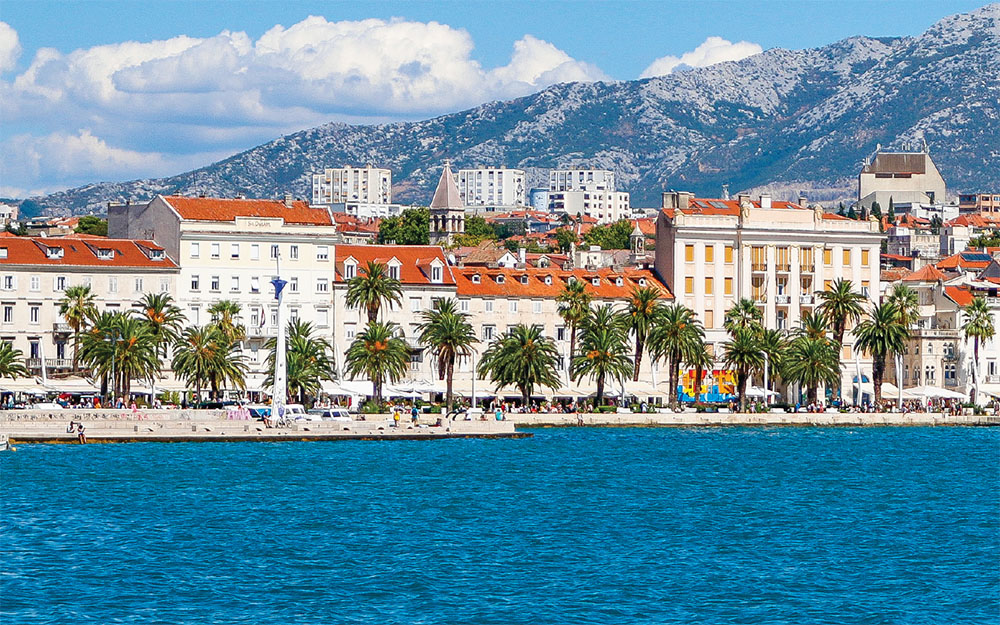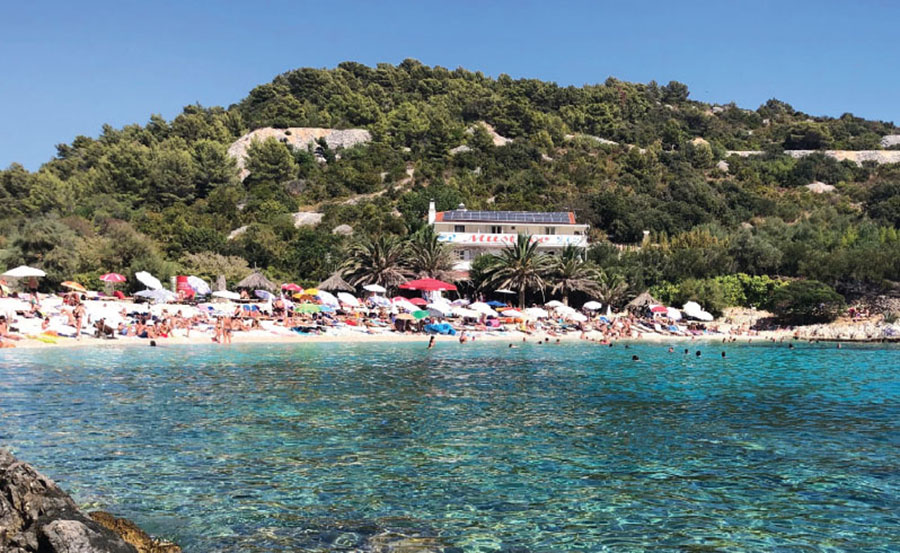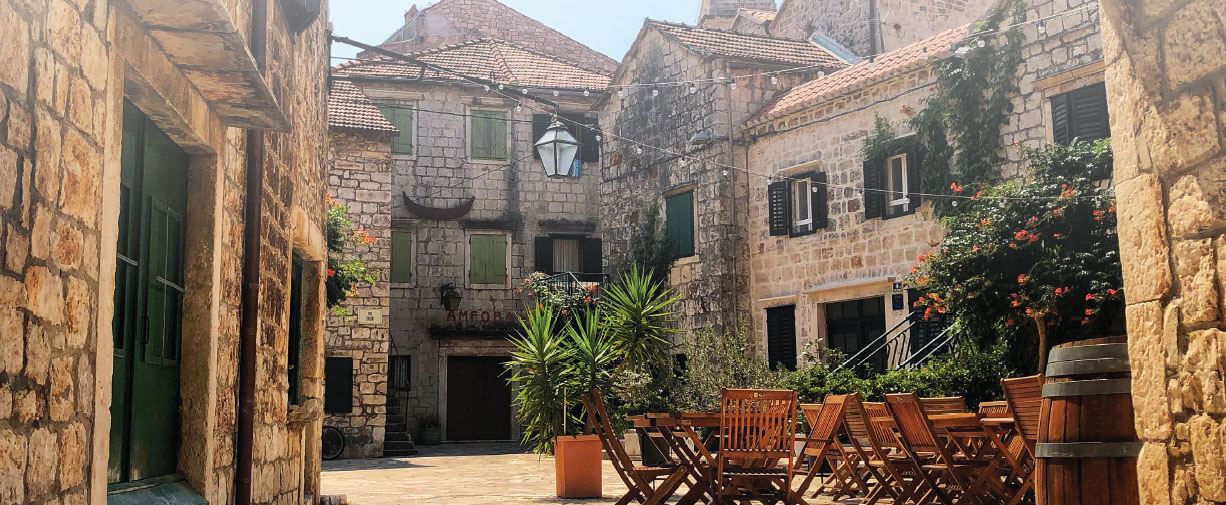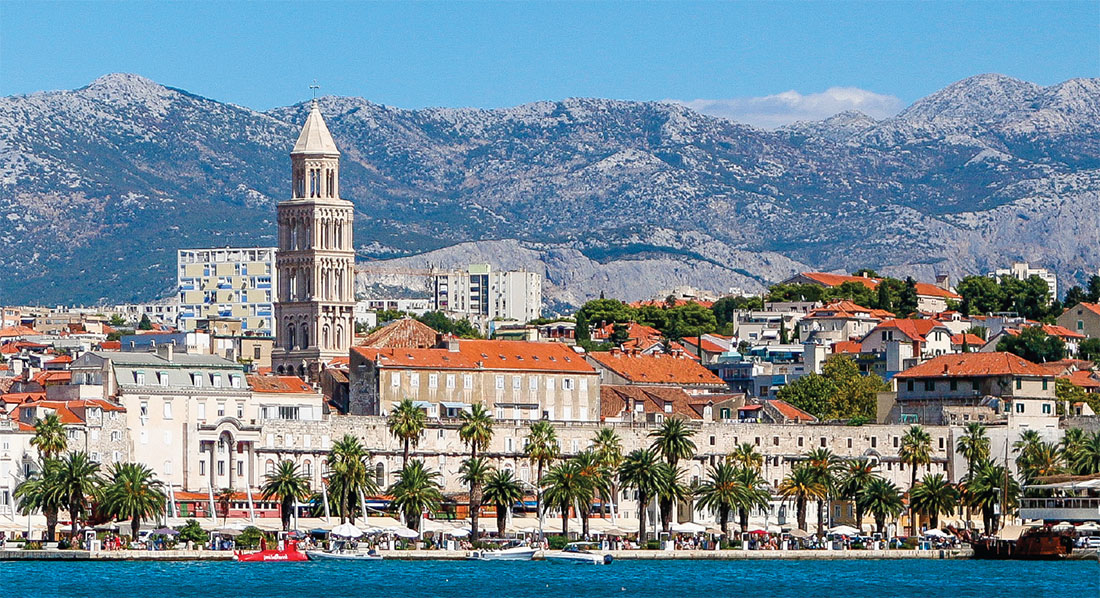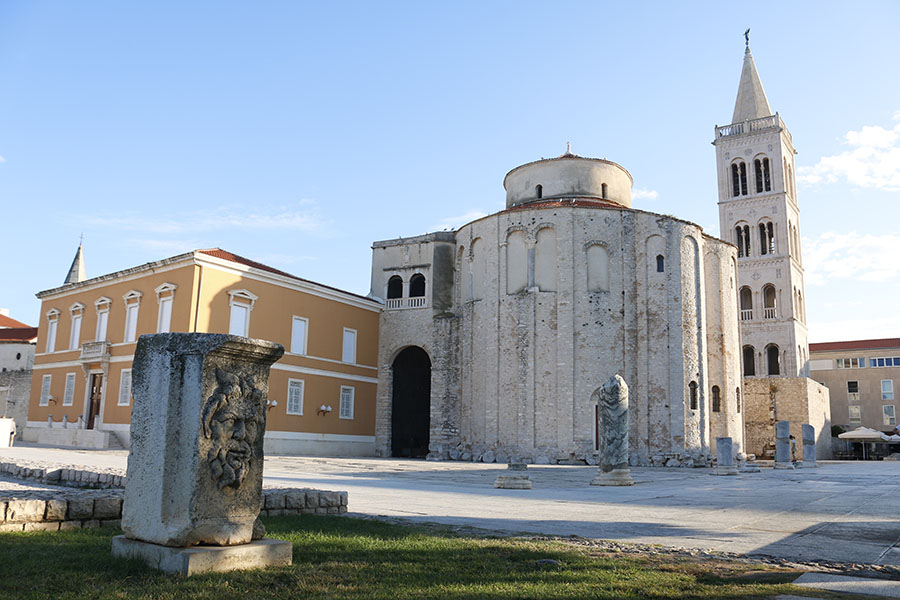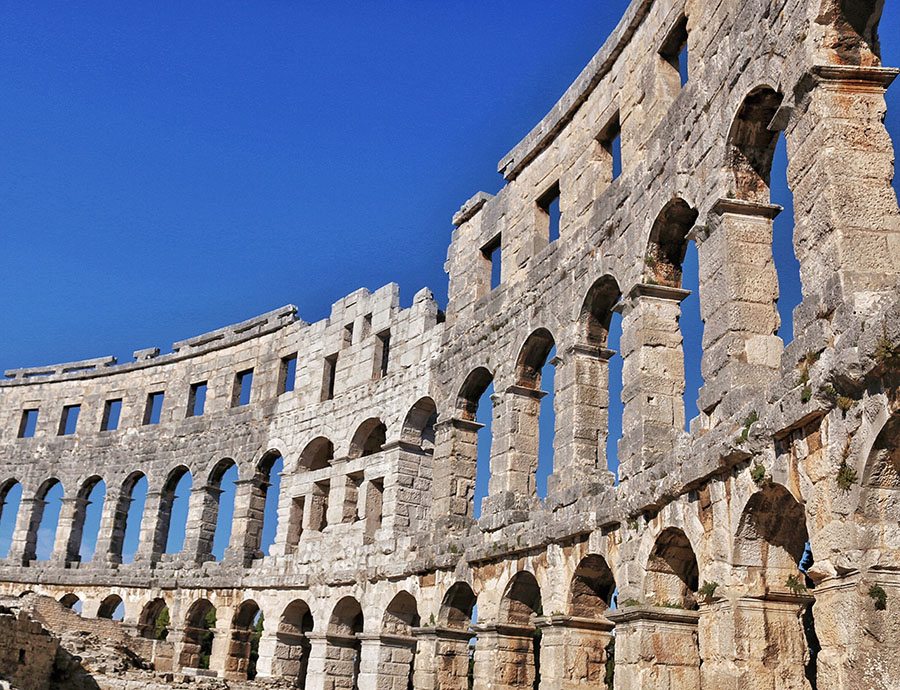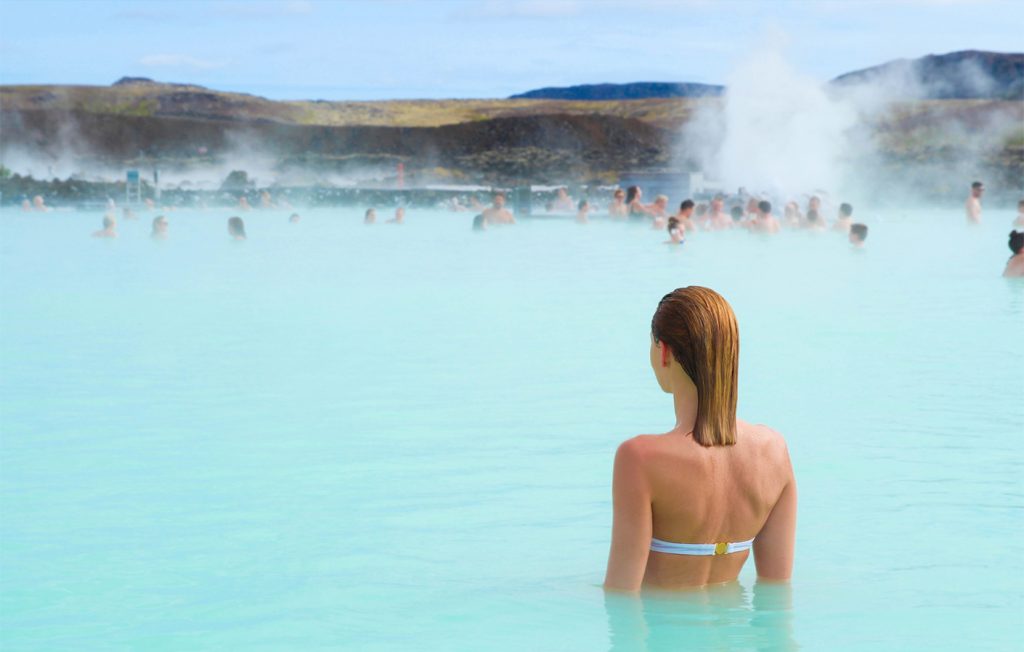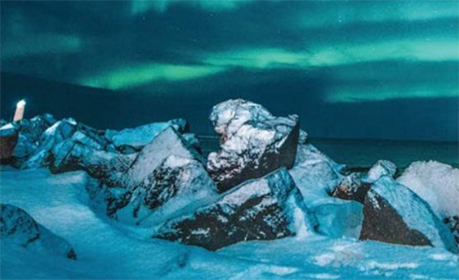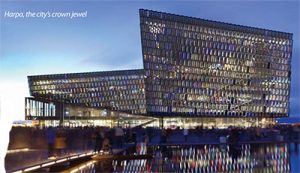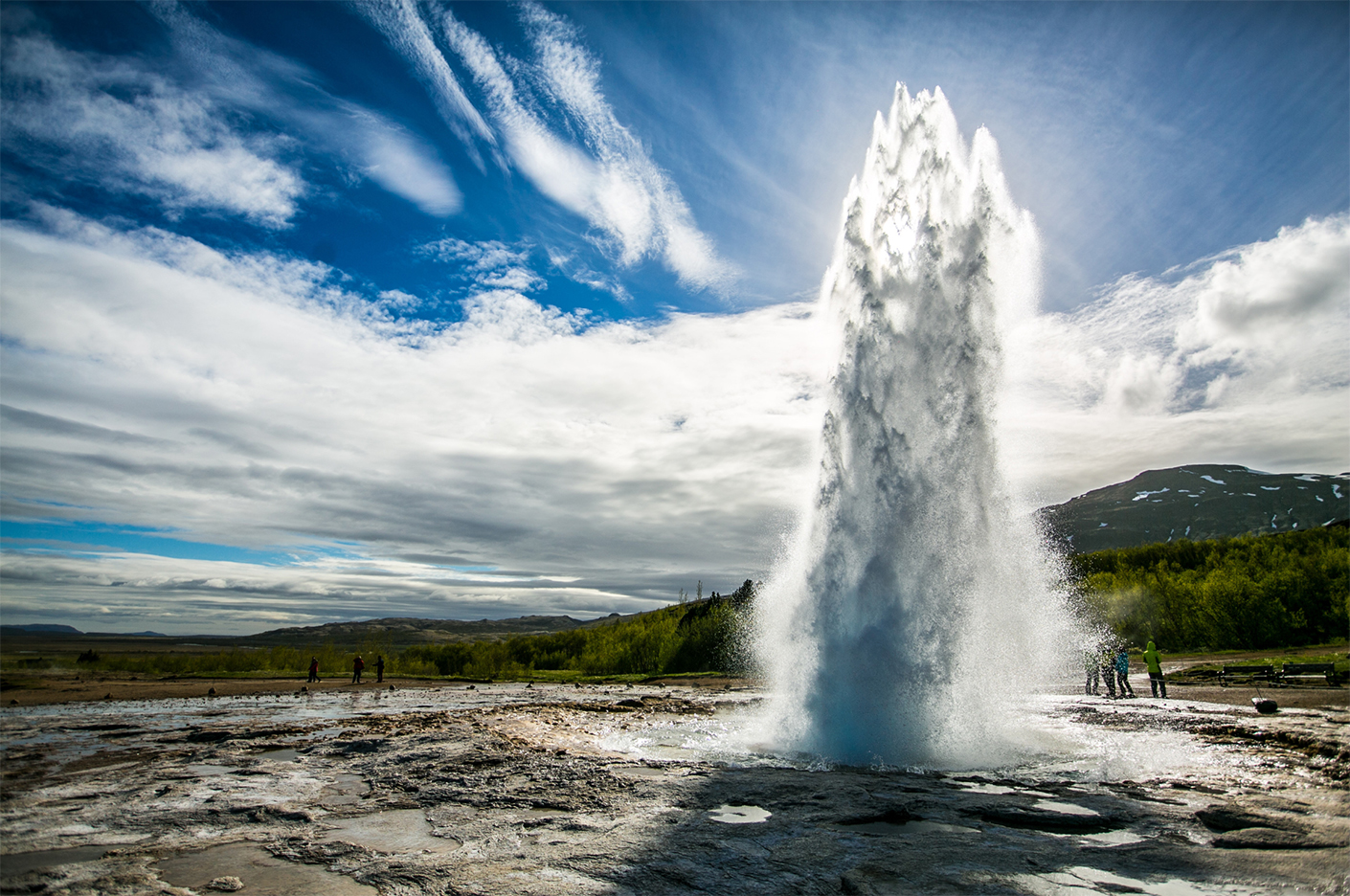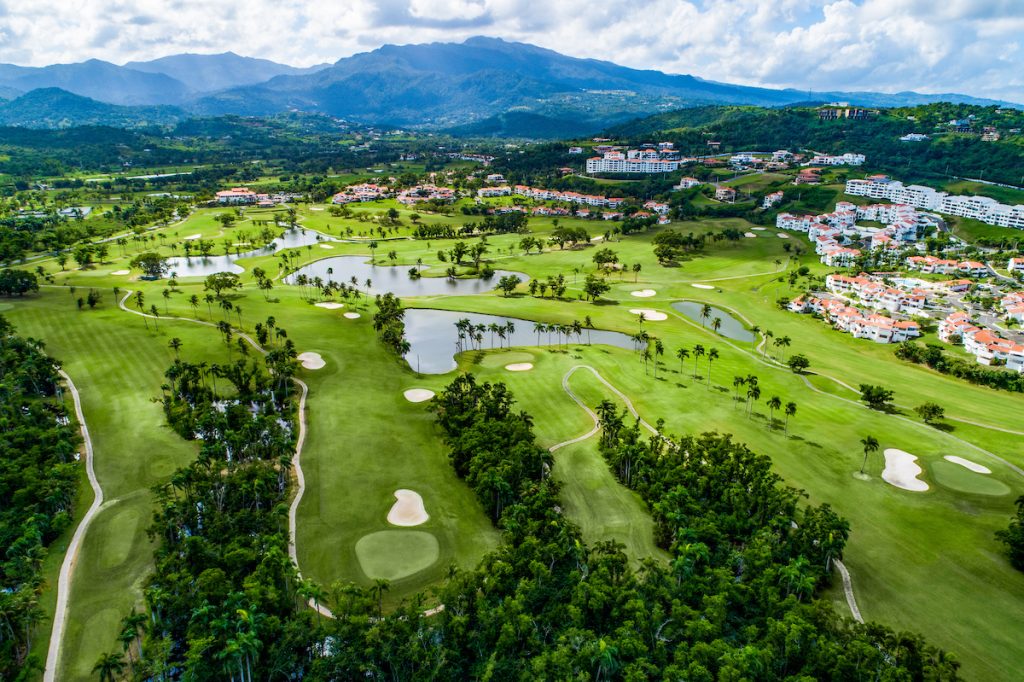
These are 5 of the best courses in the U.S. to play a round of golf
At long last, Canadians are back on the green. For those looking for a change of scenery, the U.S. is home to some of the best award-winning courses. These top golf destinations offer an ideal mix of pure golf, relaxation, and memorable dining experiences. With so many golf resorts to choose from, we rounded up some the of best that offer luxurious amenities, quality courses, and a variety of destinations.
Cape Code - Ocean Edge Resort & Golf Club
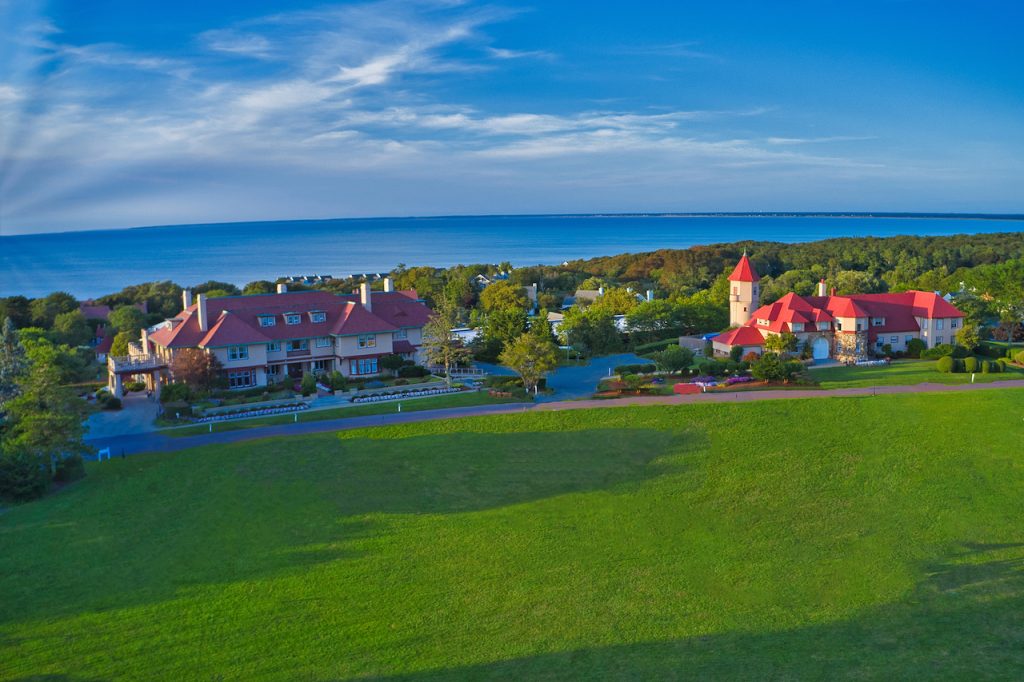
Ocean Edge Resort & Golf Club is a golfer’s paradise. As Cape Cod’s only Nicklaus Design golf course, the 18-hole Troon Privé course is carved out of breathtaking natural surroundings, offering tree-lined fairways, rolling topography, and dramatic elevation changes for players of all levels. With a mix of harrowing approaches and dizzying doglegs, the course features 7,011 yards of golf with a par of 72. Golfers of any level are invited to enjoy the property’s Stay & Play golf package, which includes complimentary rentals, bag storage, and unlimited same-day play. Green rates and room rates vary by season.
North Carolina - Pinehurst & The Sandhills

One hotel was completely rebuilt, new restaurants and even a brewery were added, along with many other improvements. But for years the best kept secret here has been the Carolina Villas, freestanding units perfectly designed for a foursome (foursomes with spouses/partners) with eight beds in four bedrooms, all with private bath and separate entrances, plus a large central living area, immediately next to the flagship Carolina hotel with immediate access to all services.
Arizona - Pointe Hilton Tapatio Cliffs Resort
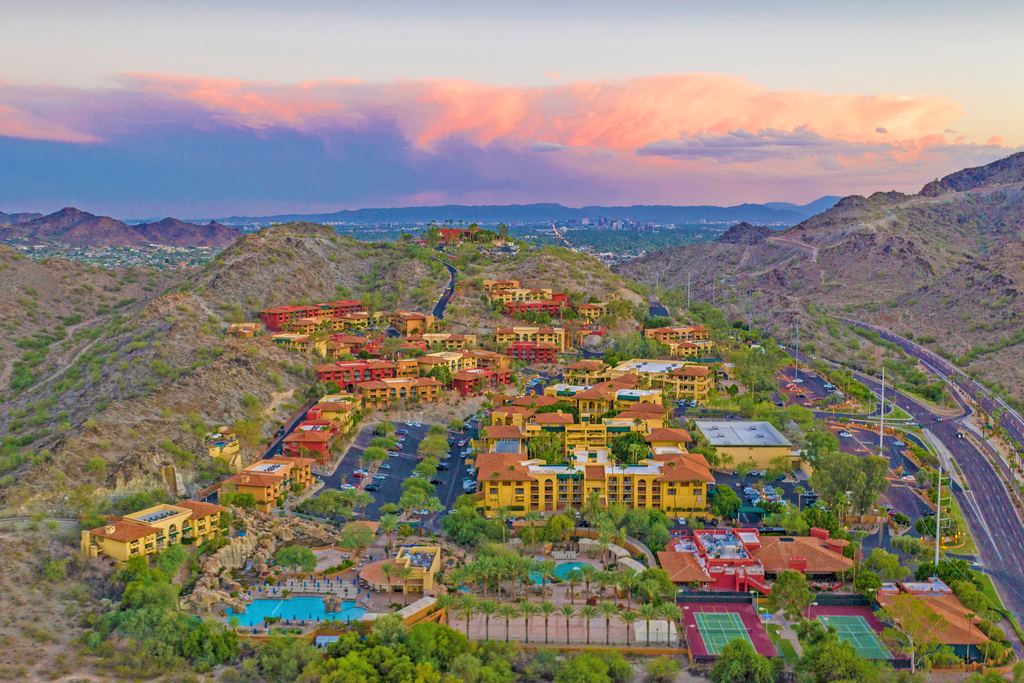
Settle into the comforts of home amid plush suites and amenities coupled with breathtaking mountain views of the Phoenix North Mountain Preserve. Enjoy a variety of dining options, The Falls Water Village with private cabanas and a waterslide, spa & salon services, Troon Golf and impressive event spaces. Conveniently located to all freeways, only 15 minutes from downtown Phoenix and 20 minutes from Sky Harbor International Airport and many other enticing attractions, Pointe Hilton Tapatio Cliffs Resort is the perfect place to choose as your home-away-from-home.
Missouri - Missouri Big Cedar Lodge
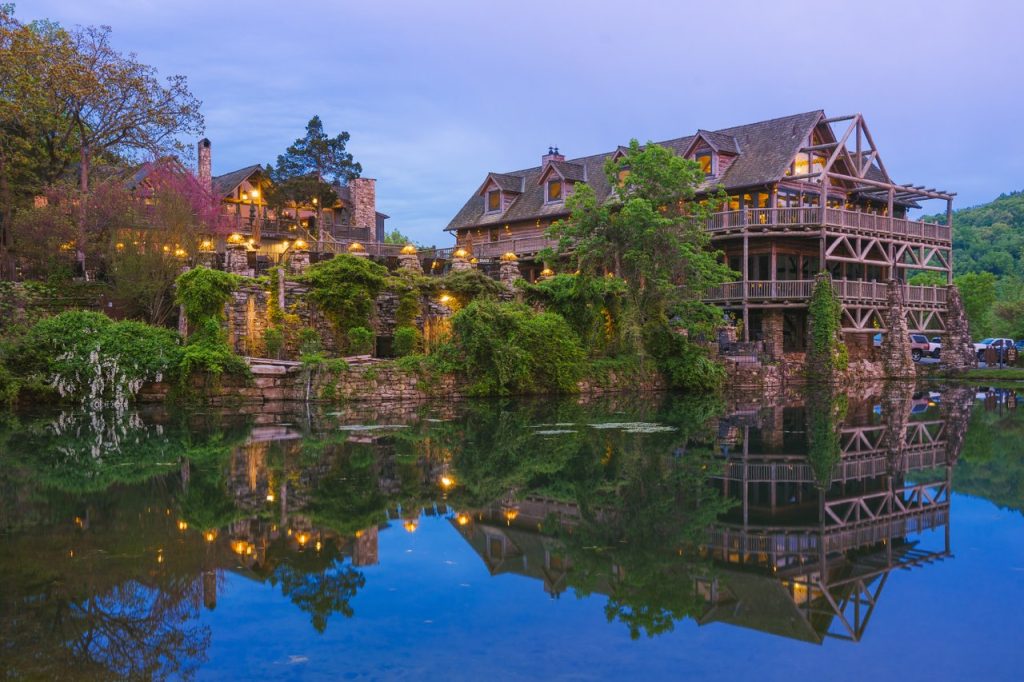
The resort features a collection of lodges, cottages and cabins offering the perfect place to relax with family and friends after a day on the lake. Big Cedar is home to numerous world-class restaurants and attractions like a breathtaking spa, championship golf, an expansive shooting facility and a 50,000-square-foot activity center. Whether you are looking for an adventurous outing or a relaxing retreat, Big Cedar Lodge is your perfect getaway.
Puerto Rico - Wyndham Grand Rio Mar Puerto Rico Golf & Beach Resort

Calling all golf aficionados: if playing fantastic courses on an island paradise surrounded by stunning beaches and lush mountain views is on your bucket list, then your next round should be in Puerto Rico.
A cornucopia of unique and complementary courses beckon from throughout the Island. Options abound, from luxury properties on the north coast near historic San Juan to an array of courses out west, down south, or on the east coast.
The Wyndham Grand Rio Mar Puerto Rico Golf & Beach Resort is the idyllic retreat for any occasion, whether you yearn for a Caribbean golf getaway, crave an oceanfront escape, or you and the one you love need a little time under the sun and stars, there’s no place like Puerto Rico.

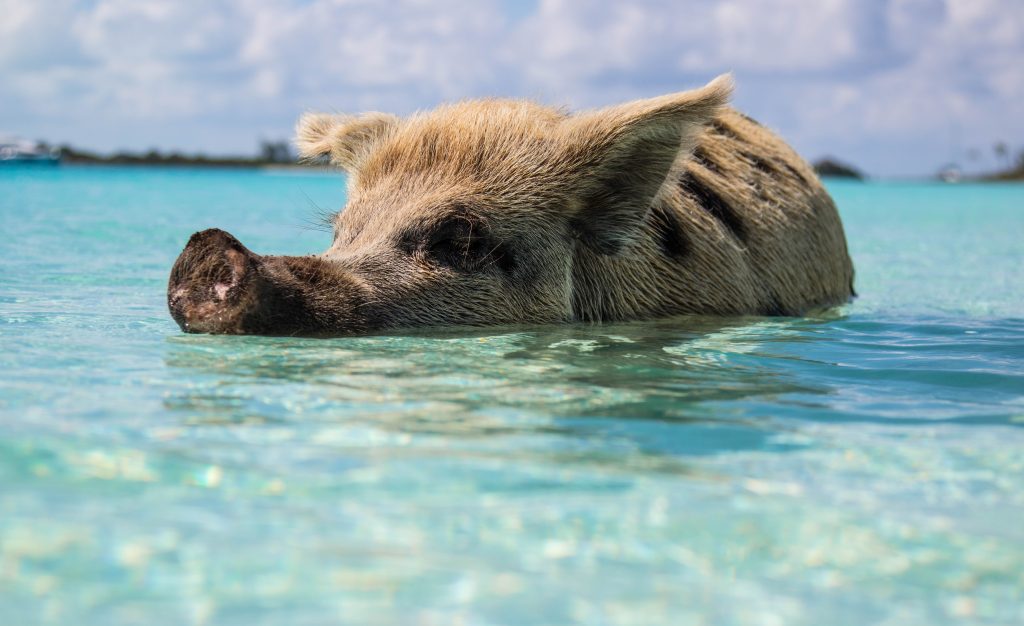
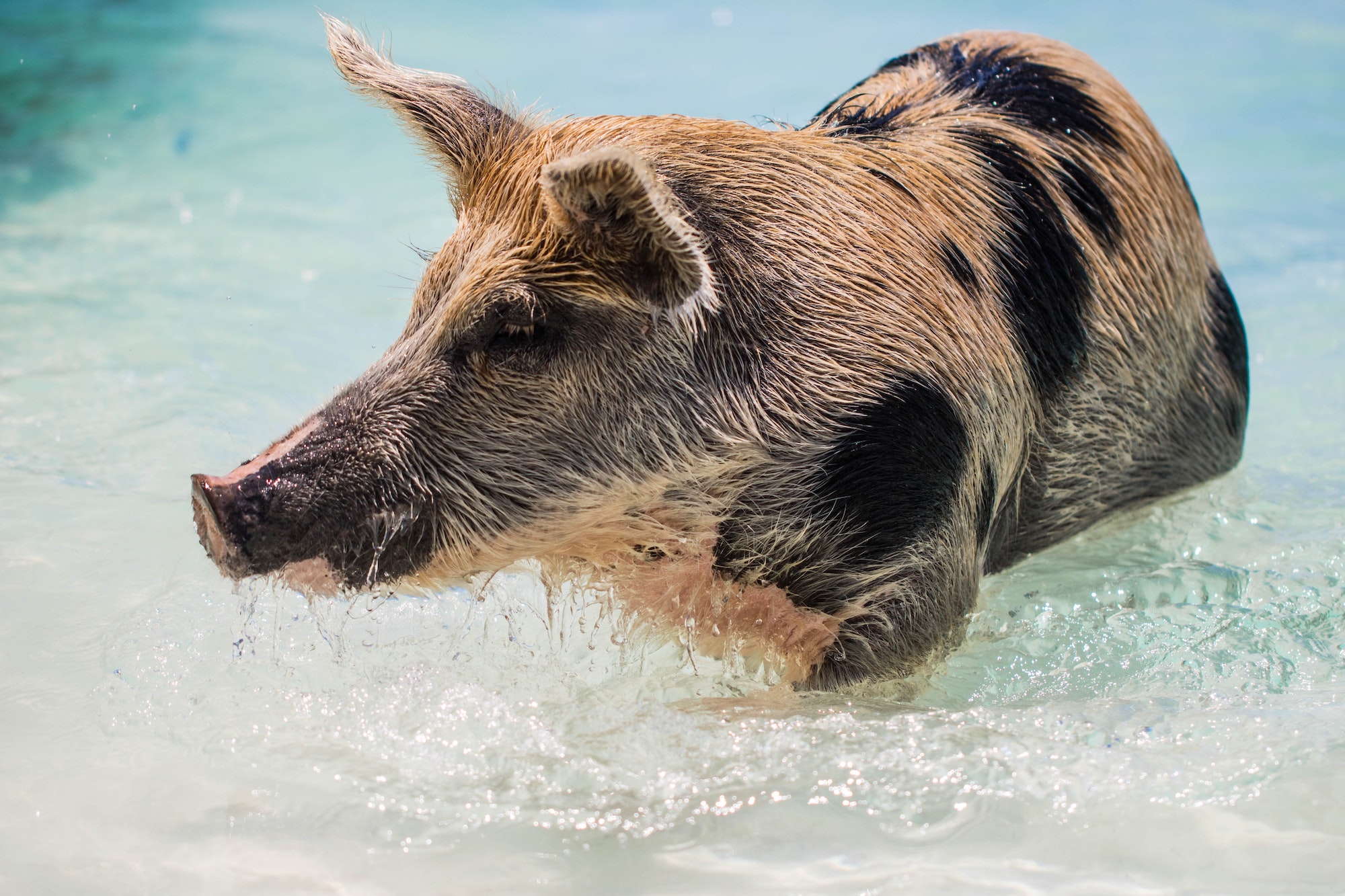

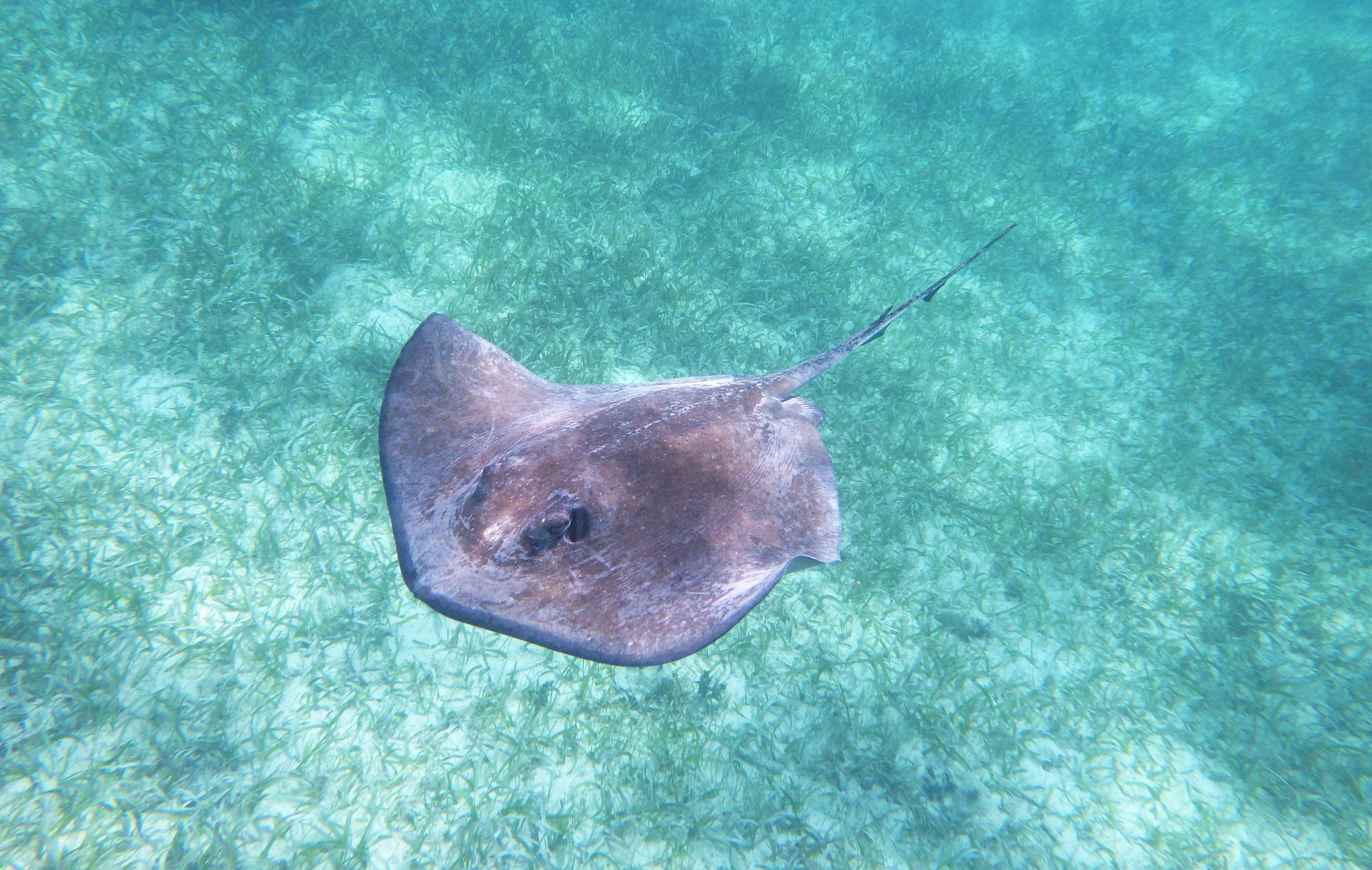
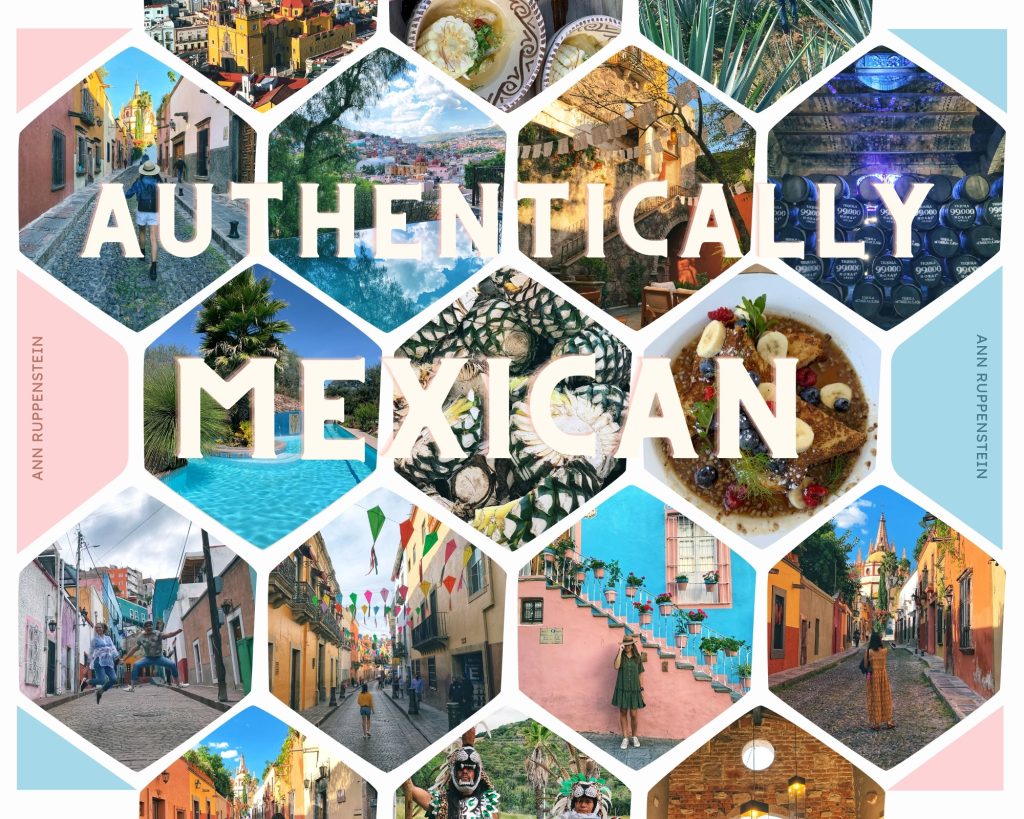
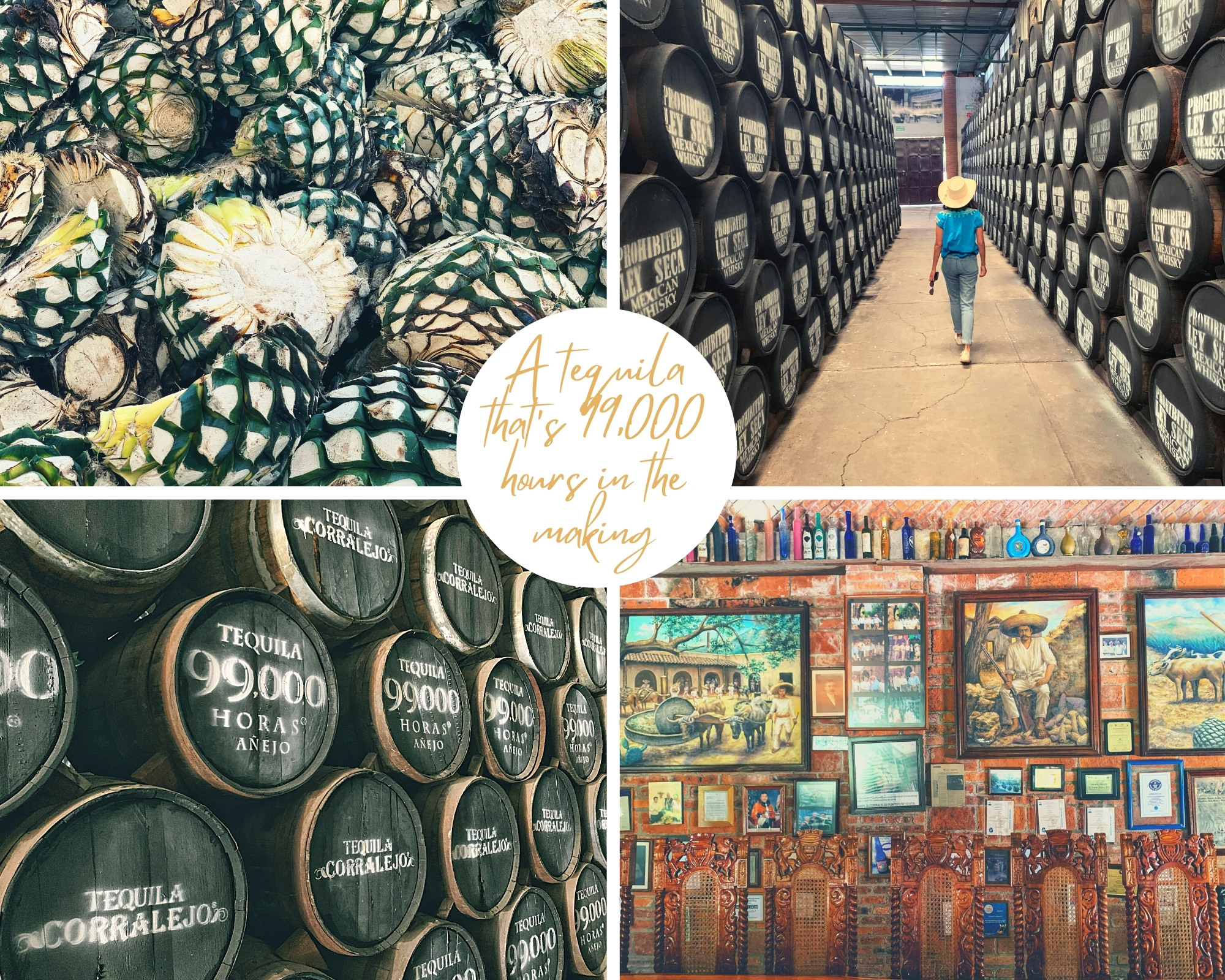

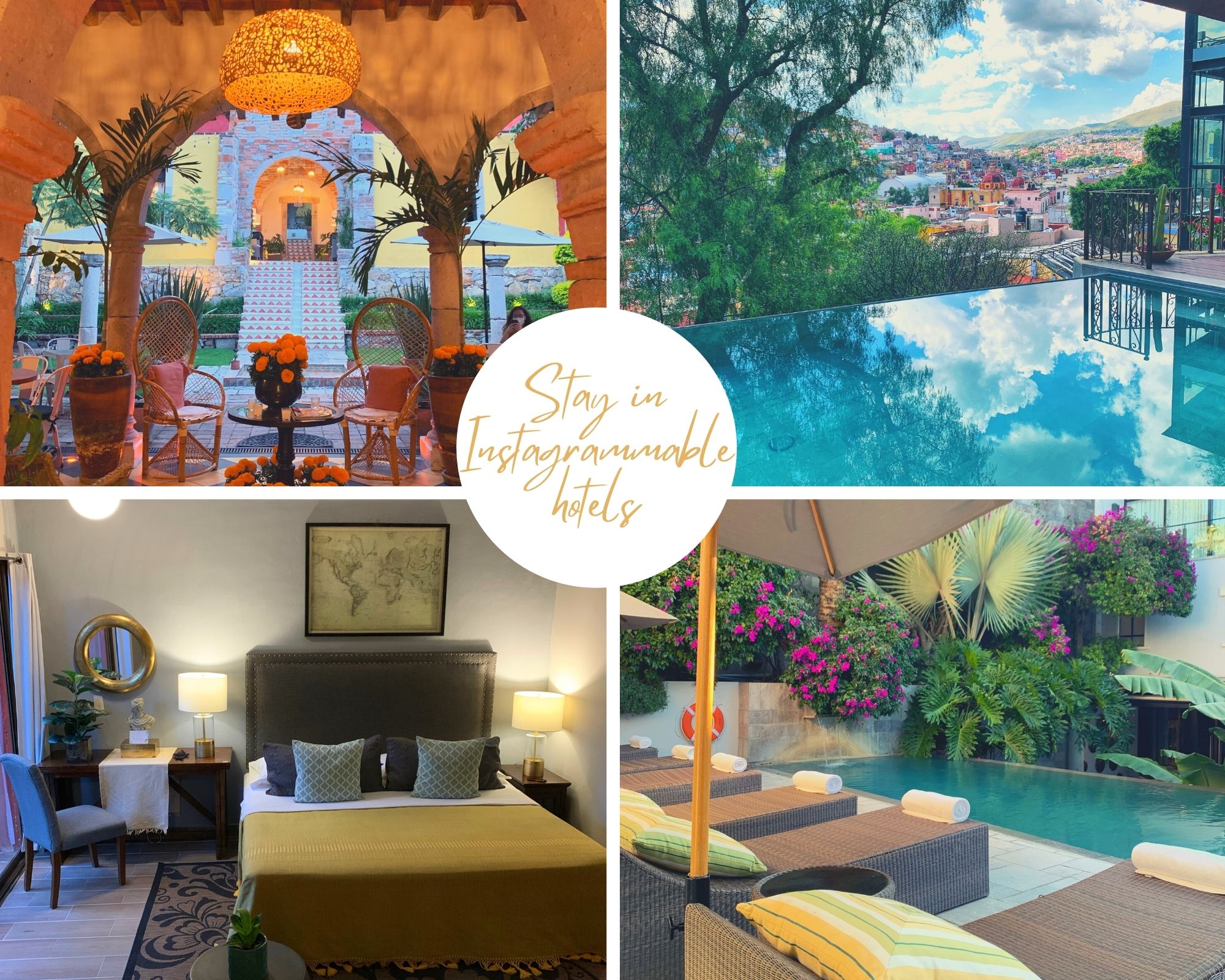 Another unique choice is Villa María Cristina, a member of Small Luxury Hotels of the World. The luxury villa has nineteenth-century roots and is like a labyrinth of discovery. For an Instagrammable stay near the tequila farms and plantations of Penjamo, look no further than Real de Piedra Hotel. If it looks straight out of a luxe magazine, it’s because the 20 room boutique hotel is owned by an interior decorator. For a modern hotel that’s steps away from the cobblestone street featuring one of the most iconic views of San Miguel, check into Hotel Matilda. Whether or not you spend the night, be sure to visit the rooftop Luna Rooftop Tapas Bar at Rosewood San Miguel de Allende for delicious tacos and spectacular views of the city.
Another unique choice is Villa María Cristina, a member of Small Luxury Hotels of the World. The luxury villa has nineteenth-century roots and is like a labyrinth of discovery. For an Instagrammable stay near the tequila farms and plantations of Penjamo, look no further than Real de Piedra Hotel. If it looks straight out of a luxe magazine, it’s because the 20 room boutique hotel is owned by an interior decorator. For a modern hotel that’s steps away from the cobblestone street featuring one of the most iconic views of San Miguel, check into Hotel Matilda. Whether or not you spend the night, be sure to visit the rooftop Luna Rooftop Tapas Bar at Rosewood San Miguel de Allende for delicious tacos and spectacular views of the city. 